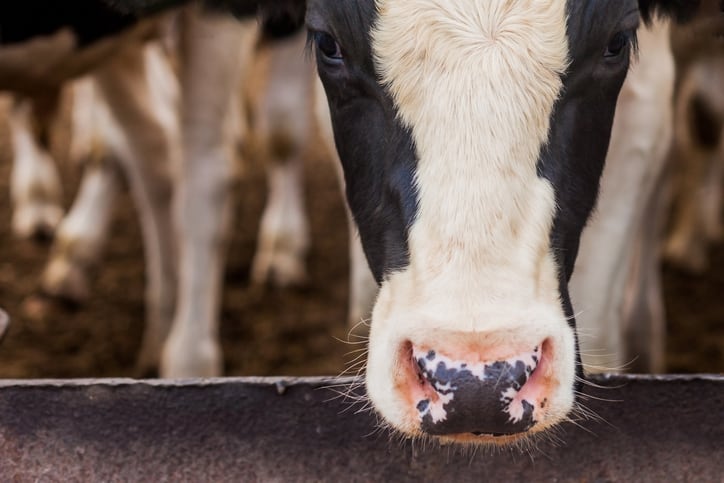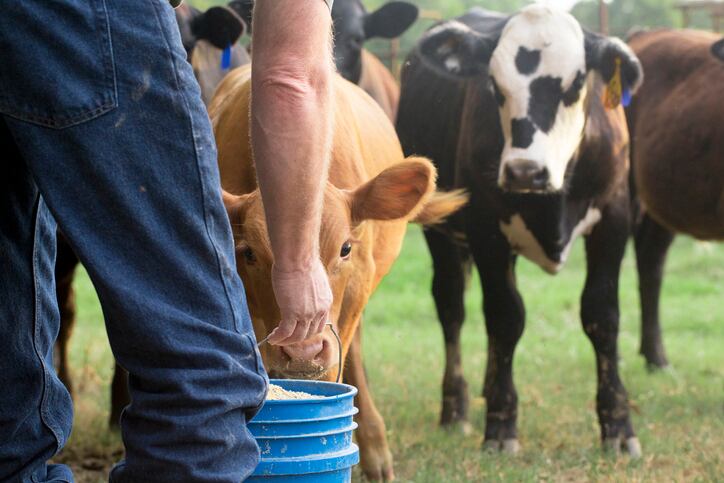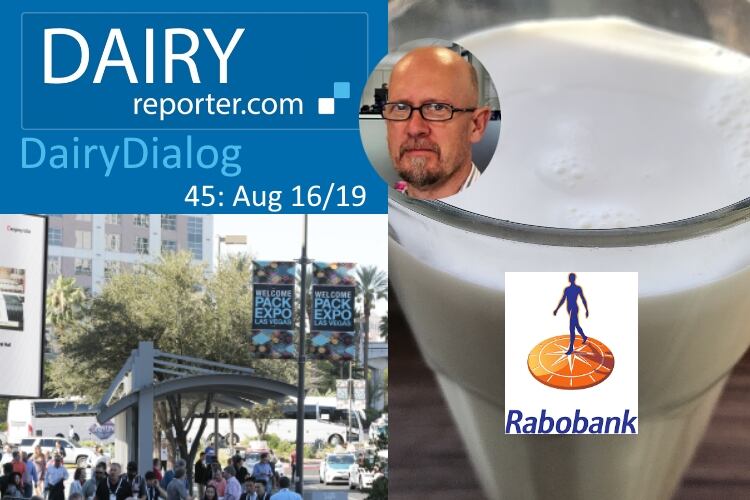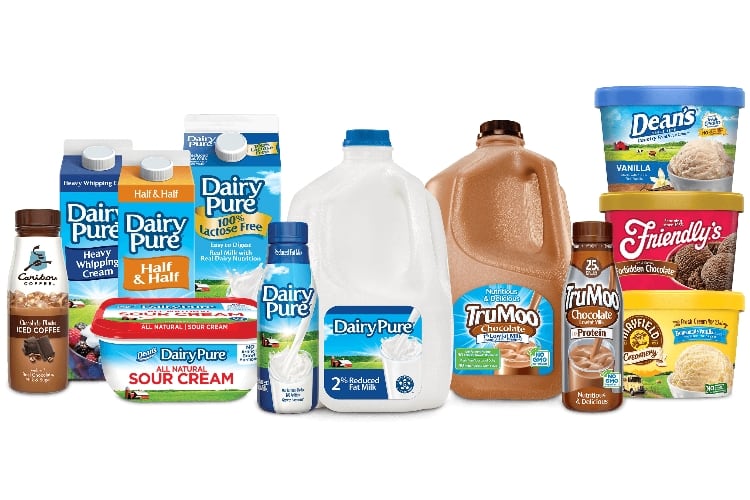Large-scale dairy farms in the US house more than 1,000 cows; in 1997 they accounted for less than 20% of all US milking cows, but jumped to 55% by 2017. The trend is having a negative effect on small farms, which have struggled to innovate and differentiate their milk offerings.
Ben Laine, a dairy analyst at Rabobank’s RaboResearch, told DairyReporter there’s been a shift in the perception of the dairy production sector, and “it’s large scale operations in new areas that are driving the milk production as a whole.”
Between 2008-2018, Texas and Idaho expanded their large farms and saw the largest US growth behind traditional dairy states like California, Michigan and Wisconsin. California did see a slight decline as it struggled with water availability concerns and labor regulations through 2018.
Farms that have a herd size surpassing 5,000 are mostly concentrated in California (35), Idaho (35) and Texas (25). Wisconsin has nine and Michigan has just four. By contrast, Wisconsin has the highest concentration of farms with less than 100 cows (4,756), while California has just 52.
Bigger farms are often cut a break in cost, incentivizing growth. Rabobank’s report said that on a per hundredweight basis, large farms face 12% lower feed costs, 20% lower operating costs, and 45% lower allocated overhead than smaller operations.
“It’s definitely been very challenging for the smaller-scale farms, and I think there’s not just one single way that will solve every problem for every dairy producer,” Laine said.
Finding a premium niche
But by differentiating their options, smaller farms can maintain, even if it’s not possible for them to compete on a cost basis with the larger farms. And long term growth opportunities are still likely to mostly come from export markets.
“What’s allowing certain farms to stay on a smaller scale is some of these consumer demands for more premiumized, niche products and local foods,” Laine said.
“In some cases, some of the smaller farms are able to tap into regional markets and premiumize their product and have more of a regional, local story to tell; or tap into niche markets like organic, grass fed, and non-GMO.”
Laine said the trade tensions surrounding the US have been a ‘headache’ in terms of missed market opportunities, but theorized that “Indonesia’s getting into a little bit of a trade spat with the EU and that could potentially open opportunities for the US to take some market share there.”
“The real issue is there’s always going to be some volatility with global markets. Whether it’s tariffs or missing out on a market for cost or disease, there’s a host of factors that can really increase the volatility and the risk, and that’s just going to be part of the situation going forward as we try and expand those markets,” Laine said.
Rabobank also anticipates further challenges for dairy farm management from technology like robotics and genomics. Though they can help manage labor costs and optimize revenue streams, it will be more difficult for the smaller farms to adapt.




